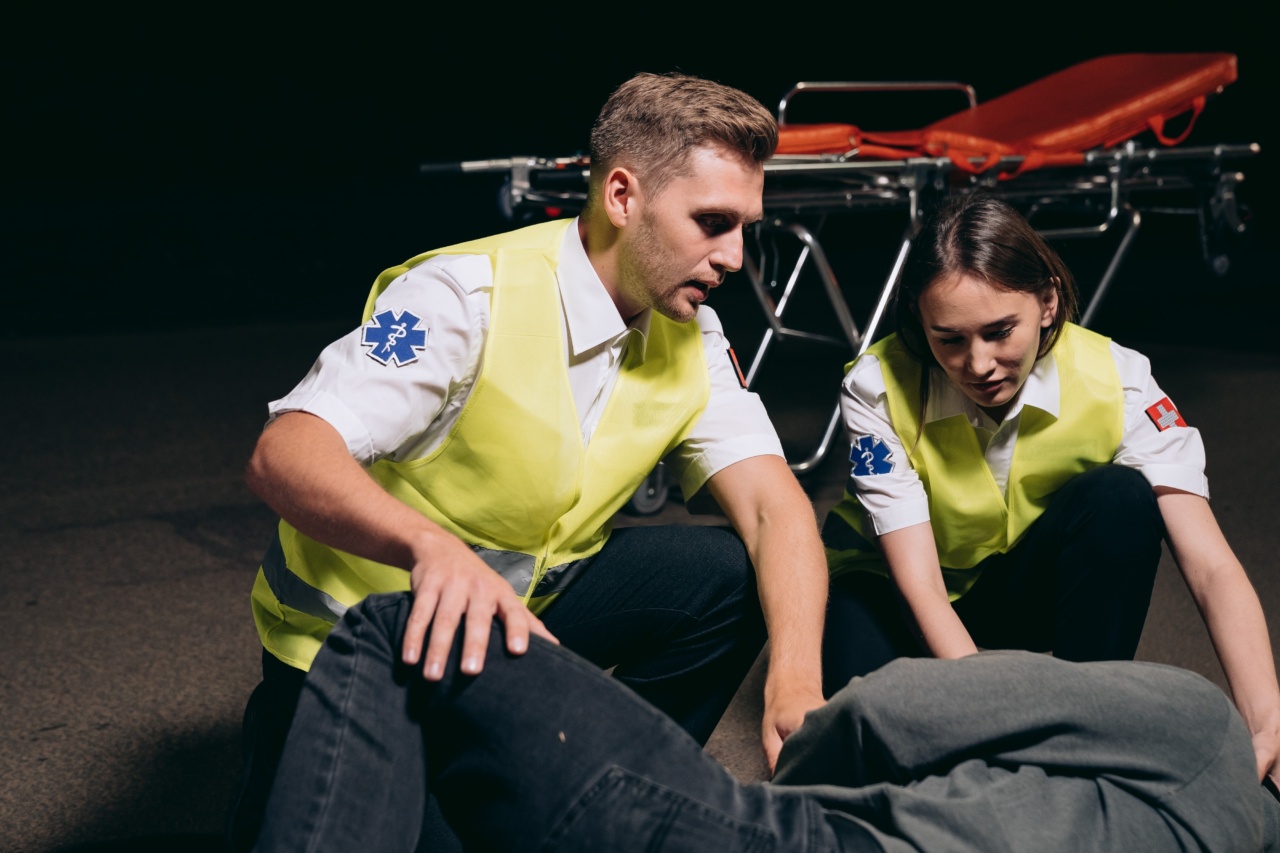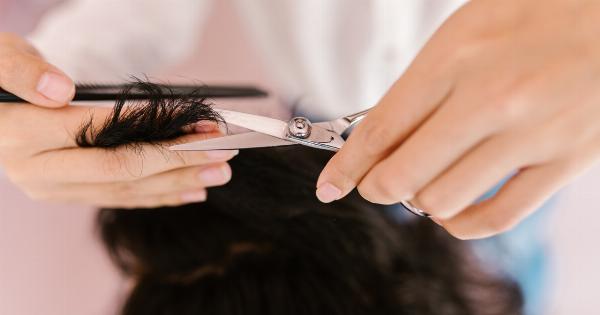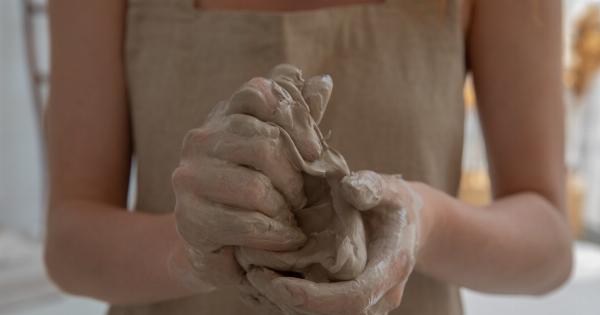Accidents happen, and they can affect our teeth. We might be playing sports, riding a bike, or simply walking on a slippery floor when we suddenly fall and hit our teeth.
Tooth injuries can range from mild chips and cracks to more severe breaks, dislodged or knocked-out teeth. Tooth injuries can be painful, and they require immediate attention to prevent further damage. In this article, we’ll go over some emergency steps for tooth injuries.
Step 1: Assess the Damage
The first step in treating a tooth injury is to assess the damage. If you have chipped or cracked your tooth, you’ll need to determine the extent of the damage.
Minor chips or cracks may not require immediate treatment, but if the damage is more severe, you should seek emergency dental care as soon as possible.
Step 2: Rinse Your Mouth and the Injured Tooth
Rinsing your mouth with warm water can help to remove debris, blood, or other material that may interfere with the healing process. If you have a knocked-out tooth, rinse it gently with milk or saline solution.
Do not scrub the tooth or touch its root, as this can damage the delicate tissues that help to hold the tooth in place.
Step 3: Stop the Bleeding
If the tooth injury is causing bleeding, you’ll need to stop it before you can proceed with treatment. Apply gentle pressure to the injured area with a clean cloth or gauze to help reduce bleeding.
If the bleeding doesn’t stop, seek medical attention immediately.
Step 4: Use Pain Relief Medication
Tooth injuries can be painful, so it’s recommended to take over-the-counter pain relief medication such as acetaminophen or ibuprofen to help ease the discomfort.
Avoid aspirin if you’re under the age of 18 or have a bleeding disorder as it can increase the risk of bleeding.
Step 5: Save the Tooth If Possible
If you have a knocked-out tooth, it’s important to try and save it if possible. Handle the tooth very carefully by the crown, not the root, and rinse it gently with milk or saline solution to remove debris.
Then, try to re-insert the tooth into the socket, being careful not to force it. If you can’t re-insert the tooth, place it in a glass of milk or saline solution and bring it with you to the emergency dental care.
Step 6: Seek Emergency Dental Care
If you have a more severe tooth injury such as a dislodged tooth, broken tooth, or a knocked-out tooth that you can’t re-insert, immediate dental care is necessary.
Call your dentist or an emergency dental service to schedule an appointment and describe your injury to the dentist or dental team so that they can prepare accordingly.
Step 7: Protect the Injured Tooth
Until you can reach the dentist, it’s important to protect the injured tooth from further damage. Avoid eating hard or crunchy foods that can damage the tooth or the surrounding tissues.
If you have a knocked-out tooth, keep it moist by placing it in a glass of milk or saline solution until you can get to the dentist.
Step 8: Follow up with Your Dentist
After your emergency dental care, your dentist will provide you with a treatment plan to help heal your tooth injury and prevent further damage.
It’s important to follow up with your dentist and attend all dental appointments to ensure that your tooth injury is healing properly.
Conclusion
Tooth injuries can be painful and cause damage that ranges from mild to severe.
If you ever find yourself in a situation where you’ve sustained a tooth injury, it’s important to take the necessary emergency steps to prevent further damage and seek dental attention as soon as possible. By following these steps, you can help to protect your teeth and keep them healthy.































